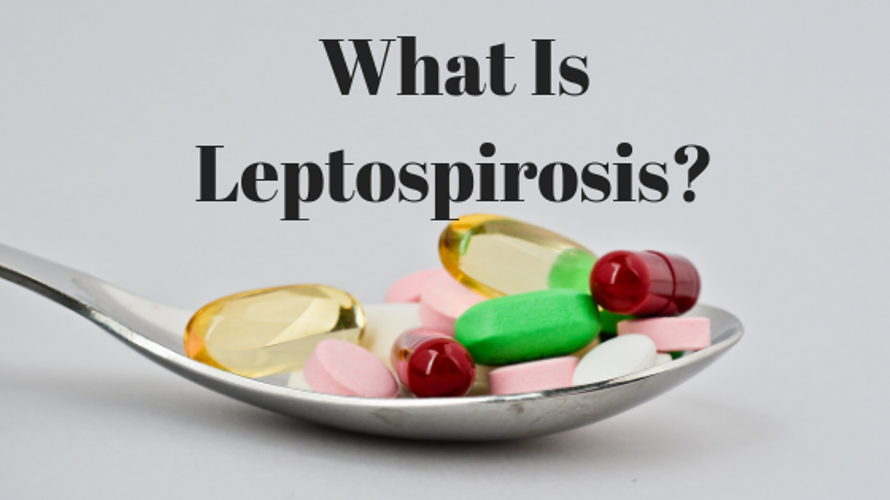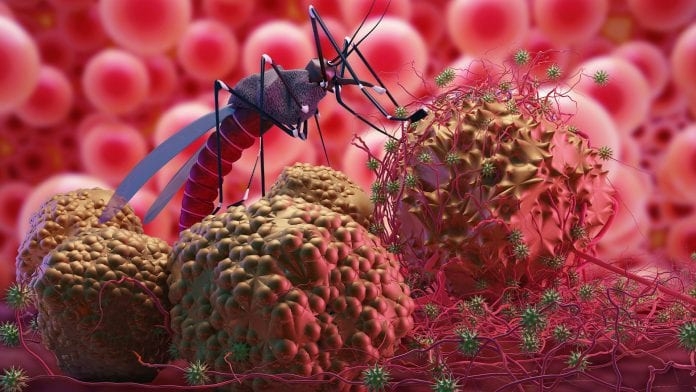What is Shigellosis: Symptoms, Treatment and Prevention
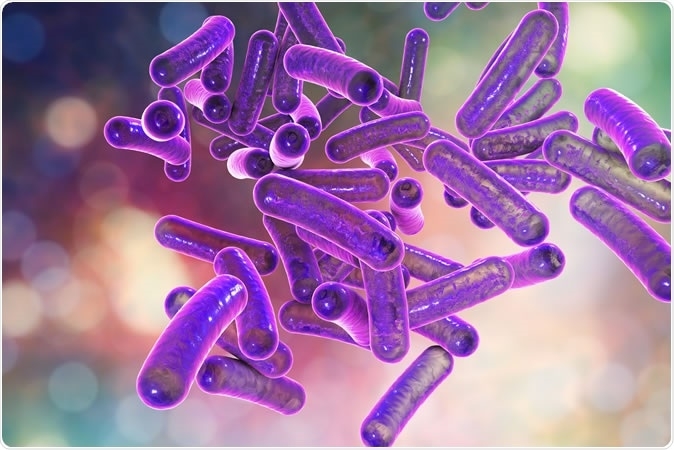 |
Rod-shaped bacteria Shigella which cause food-borne infection shigellosis or dysentery, 3D illustration. Photo: Shutterstock |
What Is Shigellosis?
Shigellosis is a bacterial infection that affects the digestive system. Shigellosis is caused by a group of bacteria called Shigella. The Shigella bacterium is spread through contaminated water and food or through contact with contaminated feces. The bacteria release toxins that irritate the intestines. The primary symptom of shigellosis is diarrhea.
According to the Centers for Disease Control and Prevention (CDC), about 500,000 people in the United States report having shigellosis every year. The symptoms vary in intensity. You may have a mild shigellosis infection and not even realize or report it.
Toddlers and preschoolers are more likely than older children and adults to get shigellosis. This may be because young children put their fingers in their mouths often and are more likely to ingest the bacteria. A large number of diaper changes in childcare centers may also increase the concentration of infection in this age group.
How Do You Get Shigellosis?
The Shigella bacteria pass through your stomach and then multiply in your small intestines. They then spread into your large intestines (also known as colon), causing cramping in that part of your body, along with diarrhea.
Shigella leaves the body through human feces. The disease spreads when bacteria from the stool of the sick person go to the mouth of another person.
You may be wondering: How on earth does that happen? Shigella spreads more easily than you might think. Here are some ways as reported by Web MD.
Touching objects. For example, you may change the diaper of a child who has shigellosis. If you don’t wash your hands thoroughly, you could leave the bacteria behind on objects you touch next, such as changing tables, toys, and doorknobs.
The people who touch those infected surfaces can get infected -- especially if they touch their mouths or swallow something using their contaminated hands.
Eating. People handling or preparing your food may have shigellosis. If their hands aren’t clean, your food may be tainted. Or your fruits and vegetables may have been growing on a field that has been contaminated with human feces.
Swallowing water. You could go swimming in pool or pond and get water in your mouth that’s been contaminated by feces.
Sexual contact. You could get exposed during sexual activity when it involves oral-anal contact.
 |
| Shigellosis is a bacterial infection that affects the digestive system. Photo: Webmd |
Recognizing the Symptoms of Shigellosis
Frequent bouts of watery diarrhea are the main symptom of shigellosis. Abdominal cramping, nausea, and vomiting may also occur. Many people who have shigellosis also have either blood or mucus in their stool, and they may run a fever.
Symptoms usually begin within 3 days of coming in contact with Shigella. In some cases, however, symptoms of infection may appear as much as a week after contact.
Diarrhea and other signs of shigellosis usually last between 2 and 7 days. Mild infection lasting a couple of days may not require treatment. However, it’s critical to stay hydrated in between bouts of diarrhea. Call your doctor if you have diarrhea for more than 3 days. This is very important, especially if you cannot keep down food or water. Dehydration is a real danger associated with shigellosis.
Treatment for Shigellosis
Combating dehydration is the main goal of treatment for most cases of shigellosis. It is important to drink plenty of fluids, especially electrolyte solutions, many of which are available over the counter. It is usually not advisable to take any type of medication to relieve your diarrhea, as this will keep the bacteria in your system longer and may make the infection worse.
Moderate or severe infections may require medical treatment. Treatment will usually include antibiotics to eliminate the bacteria from your digestive tract. Your doctor may test your stool to confirm that Shigella is the source of the infection. Confirmation of Shigella helps your doctor to choose the right medication to fight shigellosis. Drug options include powerful antibiotic medications, such as:
- azithromycin (Zithromax)
- ciprofloxacin (Cipro)
- sulfamethoxazole/trimethoprim (Bactrim)
Hospitalization for shigellosis is rare. However, in some severe situations, hospitalization is required. If you have extreme nausea and vomiting, you may need intravenous fluids and medication.
Complications Associated With Shigellosis
Most people have no lasting ill effects from shigellosis.
The CDC reports that approximately two percent. Trusted Source of people infected with Shigella flexneri (one of several types of Shigella) develops a condition called post-infection arthritis after having shigellosis. Symptoms of post-infection arthritis include joint pain, painful urination, and eye irritation. Post-infection arthritis can become a chronic condition that lasts several months, years, or the rest of your life. It is caused by a reaction to the Shigella infection and happens only in people who are genetically predisposed to it.
Can you Be Re-Infected by the Shigella Bacteria?
Shigella is a group of several different bacteria. Once you have been infected with one type of Shigella, you are not likely to be infected by the same bacteria again. However, you may become infected by a different bacterium from the same family.
Preventing ShigellosisYou can prevent shigellosis by practicing good personal hygiene. Wash your hands before and after you use the bathroom or change a diaper. Discard dirty diapers in a closed bag or trashcan to prevent the spread of the bacteria. Use soap and warm water every time you wash your hands. Wipe down changing tables and kitchen counters with antibacterial wipes before and after use. Avoid close personal contact with someone who is infected with Shigella until at least 2 days after diarrhea has ended. People who have shigellosis should not prepare food for others until they feel better and stop having diarrhea. Your doctor may test your stool again after your symptoms end to be sure Shigella is no longer present. |
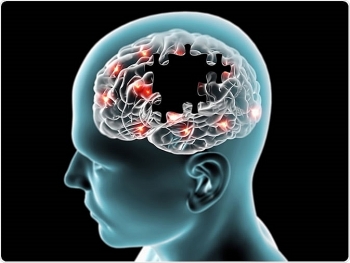 | Alzheimer disease: Symptoms and best Treatment Alzheimer’s disease, which was first recognized and described in 1906 by researcher Alois Alzheimer, is a progressive brain disease that initially manifests itself as minor ... |
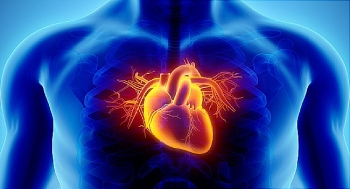 | What is Heart disease: Symptoms, treatments and the talking numbers Heart disease is a major cause of death in the U.S. The information below will help you answer the questions about the definition, symptoms, treatment ... |
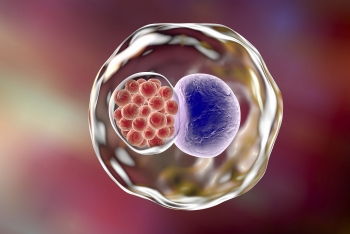 | What is Chlamydia disease? Chlamydia is a sexually transmitted disease caused by Chlamydia trachomatis bacteria. Chlamydia bacterial infections are more common among sexually active teens and young adults. Chlamydia ... |

